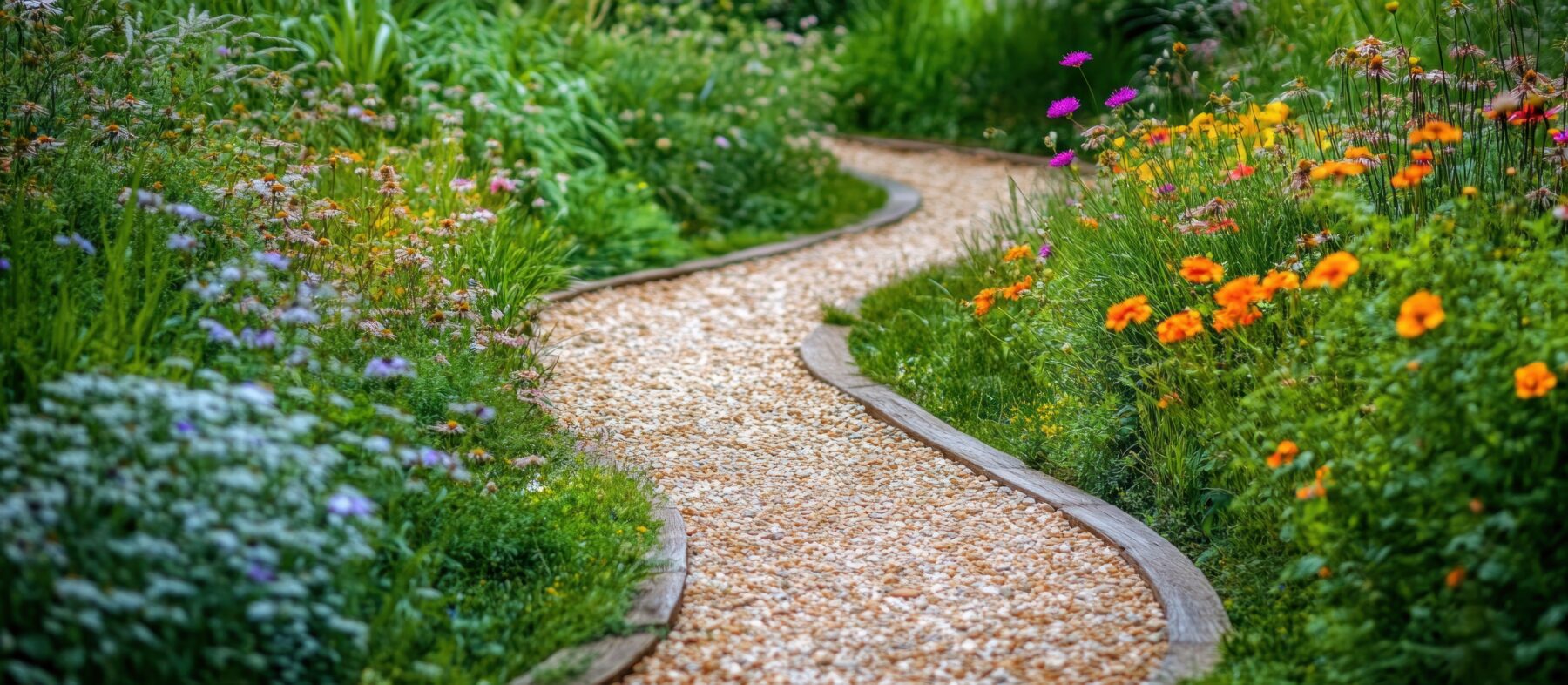The Science Behind Pervious Gravel Paths for Eco-Friendly Landscaping
June 10, 2025

Performance-driven design is reshaping modern landscapes. At the center of that shift lies the growing demand for surfaces that contribute in a quietly efficient manner, accomplishing environmental goals. Pervious gravel paths align with this approach, offering structure without interruption. They manage water at grade, reduce surface runoff, and integrate seamlessly into spaces that prioritize both resilience and restraint.
Reclaiming the Natural Flow
Impervious surfaces have long dominated constructed environments and still maintain a use case. They define boundaries, contain shifting soil, and offer a sense of permanence, yet they can interfere with rainwater management. What should sustain the soil ends up in storm drains, which leads to a predictable result: more pressure on infrastructure, less groundwater where it’s needed most, and ecosystems that are forced to adapt instead of working in concert with these man-made elements.
Pervious gravel paths reverse that equation. By enabling water to move through rather than across, they bring functionality back to the surface. Rain filters through layered aggregates, slows its pace, and reenters the ground on contact. It avoids runoff and promotes reintegration.
How the System Holds True
The structure behind a pervious path is deliberate. Beneath the top layer lies a graded sequence, consisting of an angular base aggregate, filtration media, and a stabilized gravel surface. Each layer plays a role in supporting structural load while keeping permeability intact. This engineered porosity lets the system perform without sacrificing durability.
When executed correctly, the path resists erosion, filters debris, and keeps standing water off the surface. It mimics natural ground absorption, with the added benefit of control. What moves through the material is filtered and distributed, as opposed to being diverted.
Considerations Beyond Drainage
The benefits of pervious gravel extend beyond water management. It contributes to thermal regulation by allowing heat to dissipate instead of building and radiating. Its light color and breathable makeup reduce the surface temperatures common with solid materials. The result is a cooler, more stable microclimate, which is especially valuable in high-exposure areas.
Its role in ecosystem health is also measurable. By minimizing chemical runoff and sediment displacement, these paths reduce stress on nearby vegetation and water bodies. When placed alongside native plantings or rain gardens, they become part of a larger system that improves soil function and supports biodiversity.
Performance Over Time
Durability in sustainable design is never incidental. In pervious gravel paths, it results from planning, proper installation, and material integrity. The nature of the gravel means that its angular build works to secure it in place, resulting in edge restraints that keep boundaries clear. Adding a permeable weed barrier will also prevent foliage intrusion without compromising water routing.
Consequently, ongoing maintenance is relatively straightforward. Light grading keeps the surface level, while occasional clearing of sediment or compaction ensures permeability remains intact. With routine inspection, these systems continue to perform without major intervention, reinforcing the value of sustainability efforts.
Material Designed to Adapt
While engineered for performance, pervious gravel doesn’t compromise on form. It adapts to a range of architectural styles and site needs. Whether used to define walkways, soften commercial edges, or frame outdoor gathering spaces, the material holds its visual character while supporting environmental intent.
Its modularity allows for selective updates and minimal waste. If one section needs reinforcement, it can be addressed without removing the entirety of the installation. This adaptability makes it well suited to landscapes that evolve over time, where form and function need to grow together.
As demand grows for systems that work with the landscape, these paths offer a model that’s both grounded and forward-thinking. As with any material built for modern use, its purpose is dual: support the environment, serve the user, and do both with clarity.

